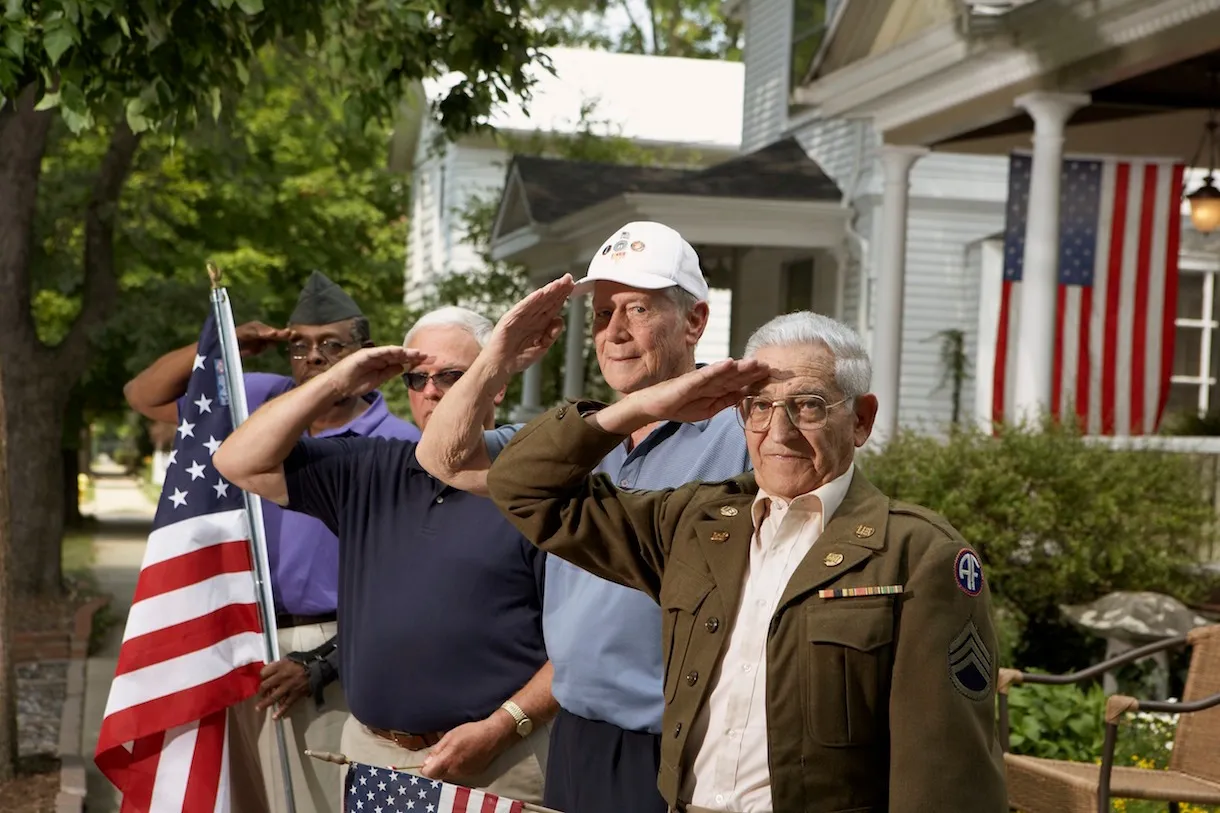The Department of Veterans Affairs (VA) home loan program has long been a cornerstone of support for American service members transitioning to civilian life. However, a relatively new initiative, the Veterans Affairs Servicing Purchase (VASP) program, launched in May 2024, has ignited a fierce debate, pitting the immediate needs of struggling veteran homeowners against concerns over long-term fiscal sustainability and potential taxpayer exposure. VASP emerged partly as a response to the cessation of certain pandemic-era mortgage relief options, which left thousands of veterans facing potential foreclosure as interest rates climbed. According to VA officials cited in recent reports, the program has already assisted approximately 15,000 veterans in keeping their homes.
Under VASP, the VA steps in to purchase defaulted VA-guaranteed loans directly from mortgage servicers. The VA then works to modify the loan terms, often resulting in a significantly lower interest rate (cited as low as 2.5% in some analyses) and placement onto the VA’s own books. VA resources present VASP as one tool in a broader toolkit designed to help veterans avoid foreclosure, sitting alongside options like special forbearance, repayment plans, traditional loan modifications, short sales, and deed-in-lieu of foreclosure agreements. For veterans facing imminent hardship, particularly if their servicer isn’t fully prepared to offer VASP, the VA suggests temporary measures like forbearance can bridge the gap. The program aims to provide a crucial safety net, offering a pathway for veterans to retain homeownership when other options might be exhausted or insufficient due to current economic conditions.
Despite its intended benefits, VASP has drawn sharp criticism, primarily centered on “moral hazard” concerns and the potential burden on taxpayers. Critics, including analysts from think tanks like the American Enterprise Institute and lawmakers like Rep. Derrick Van Orden (R-Wisc.), argue the program fundamentally alters risk dynamics. They contend that offering drastically reduced interest rates incentivizes veterans who are otherwise capable of paying higher rates to strategically default solely to qualify. Concurrently, servicers, who previously shared a portion of losses on foreclosures, are now incentivized to push loans into VASP because the VA buys the loan, making the servicer whole and transferring the entire default risk to the government agency. This dynamic, critics argue, “privatizes gains and socializes losses,” potentially destabilizing the VA loan program’s historically successful model and exposing taxpayers to significant future costs if these modified loans underperform.
These concerns have fueled legislative efforts to curb the program. Rep. Van Orden has been particularly vocal, labeling VASP a potential “Trojan horse” that could undermine the entire VA home loan system. He has introduced legislation aiming to significantly limit VASP, potentially capping the number of loans the VA can purchase annually to a nominal figure (such as 250 per year), which opponents argue would effectively kill the program. As an alternative or supplement, Van Orden has also proposed establishing a “partial claim” program within the VA, similar to structures used by FHA, Fannie Mae, and Freddie Mac. This approach would allow the VA to offer limited assistance to cover missed payments, adding them to the loan balance to be repaid later, rather than the VA taking over the entire loan. Proponents believe this offers a more fiscally responsible way to help veterans catch up without the larger risks associated with VASP.
However, the push to curtail VASP faces strong opposition from housing advocates and industry groups like the Mortgage Bankers Association (MBA). They issue dire warnings that significantly capping or eliminating VASP prematurely, especially without a fully functional alternative like a partial claim program already in place, could trigger a wave of foreclosures affecting tens of thousands of veterans currently relying on this option. They argue VASP is a necessary, albeit potentially imperfect, tool to manage the current crisis stemming from the end of pandemic relief and rising interest rates. The debate thus highlights a difficult balancing act: how to provide immediate, effective relief to veterans in distress while safeguarding the long-term financial health of a vital benefit program and protecting taxpayer interests. As Congress considers proposals like Rep. Van Orden’s, the challenge lies in finding a sustainable path forward that supports veteran homeownership without creating unintended negative consequences.






